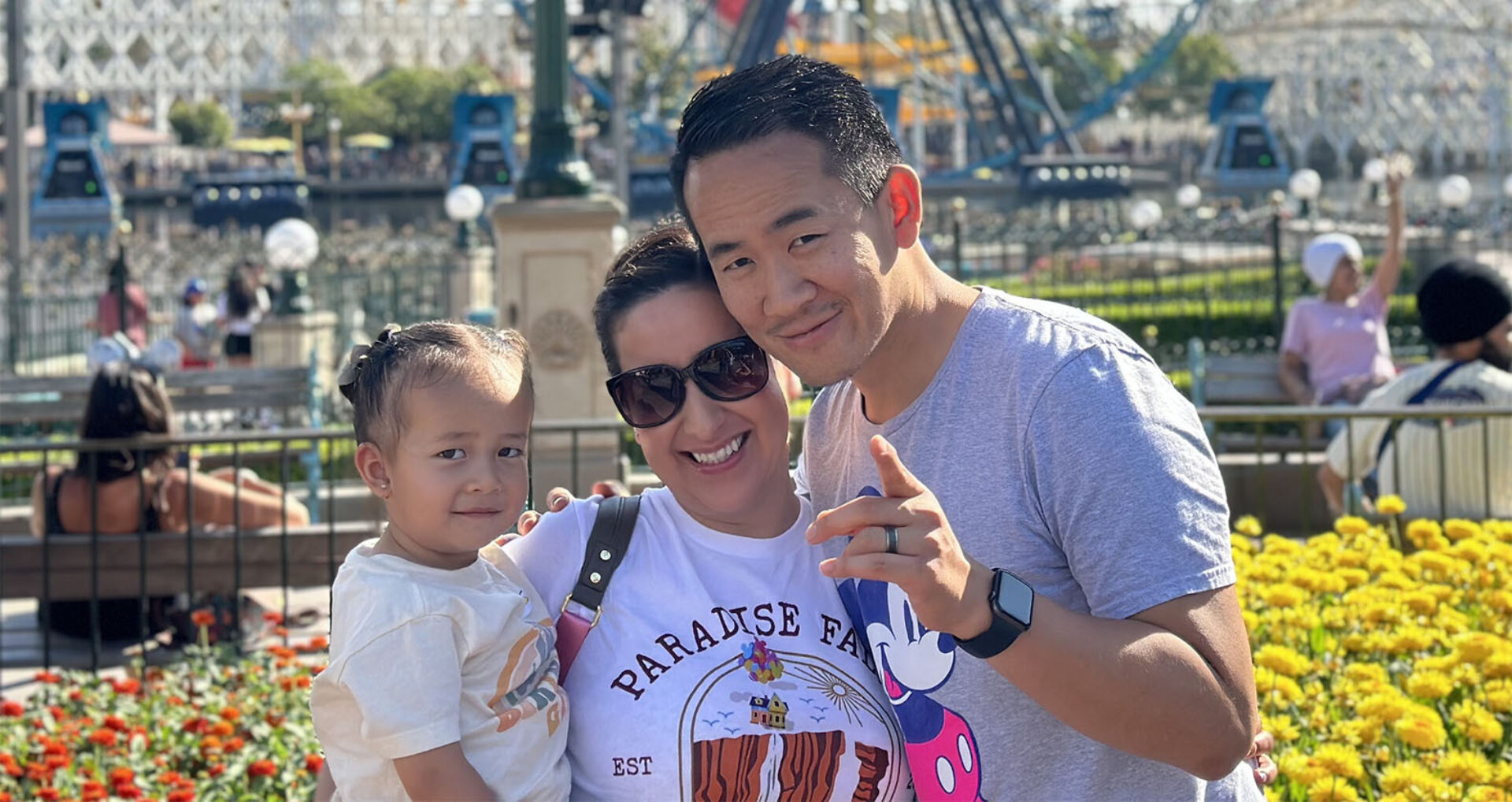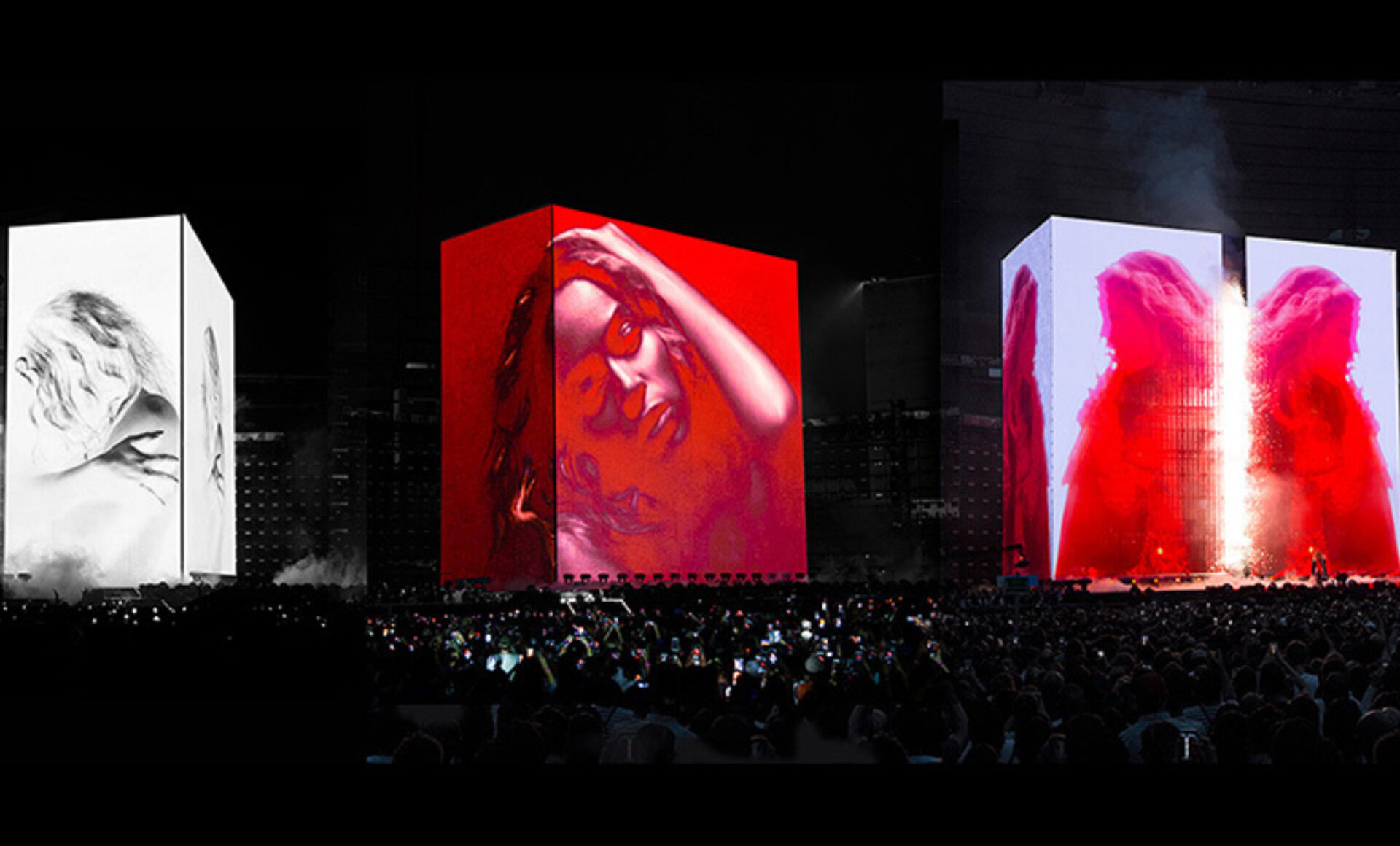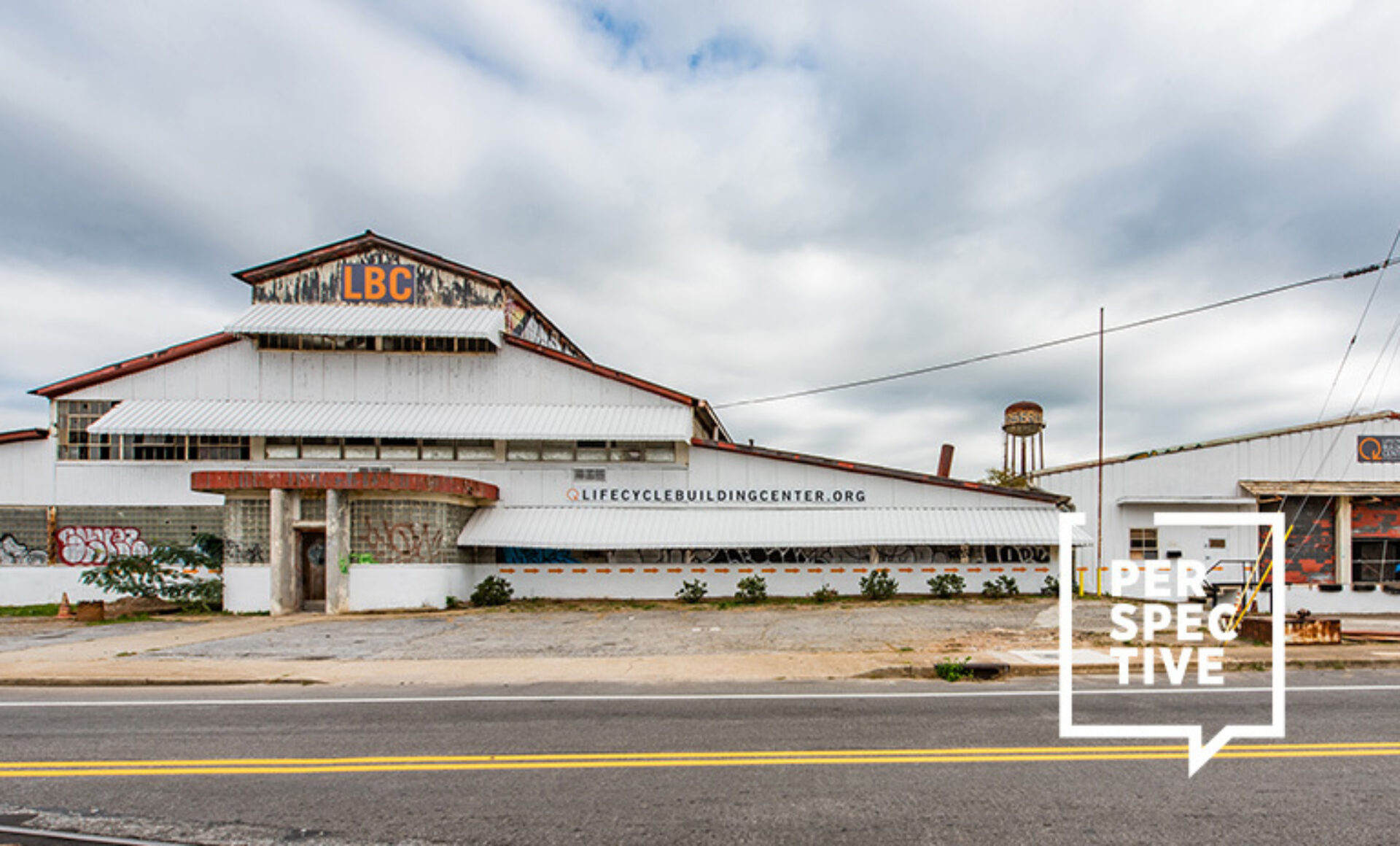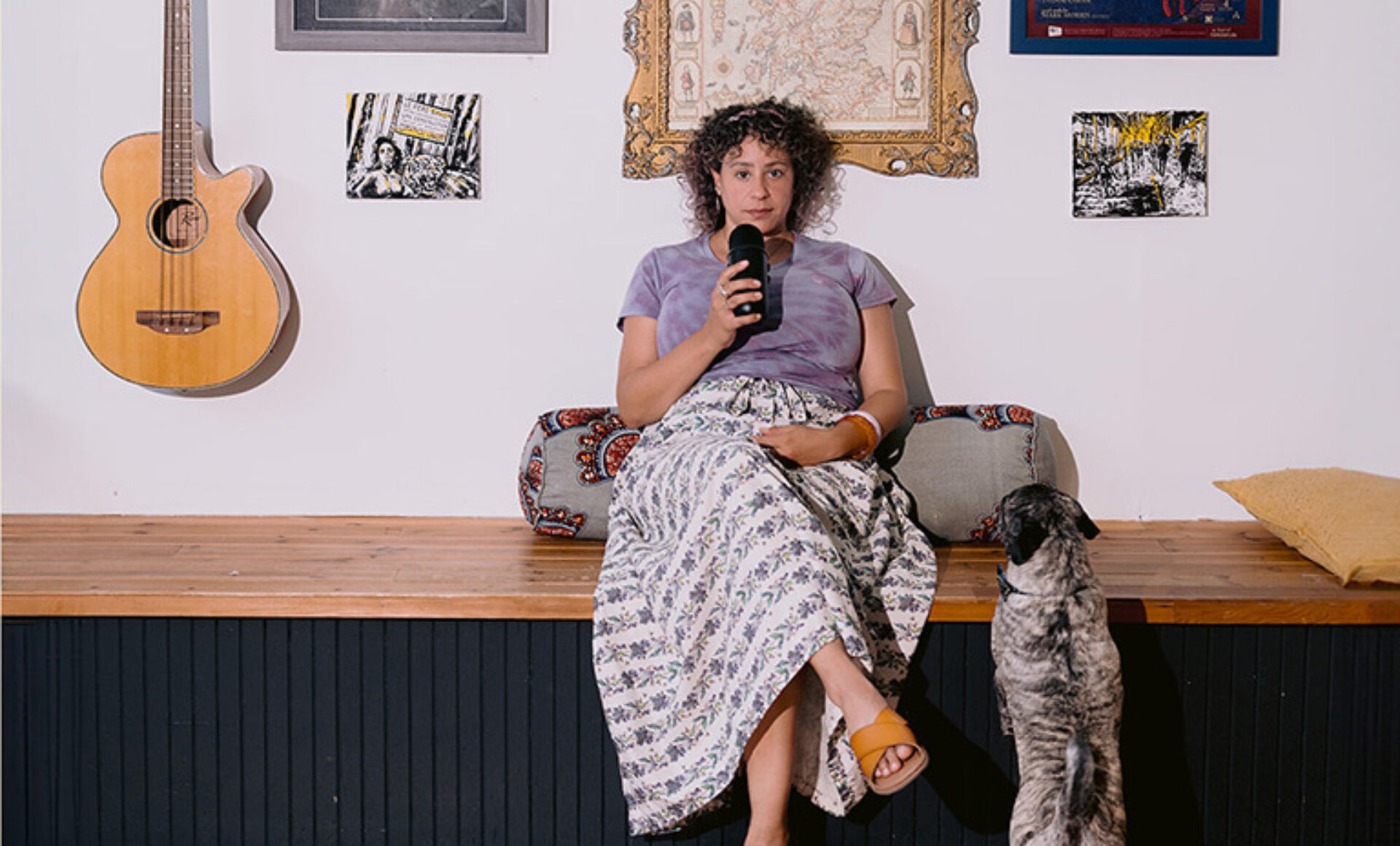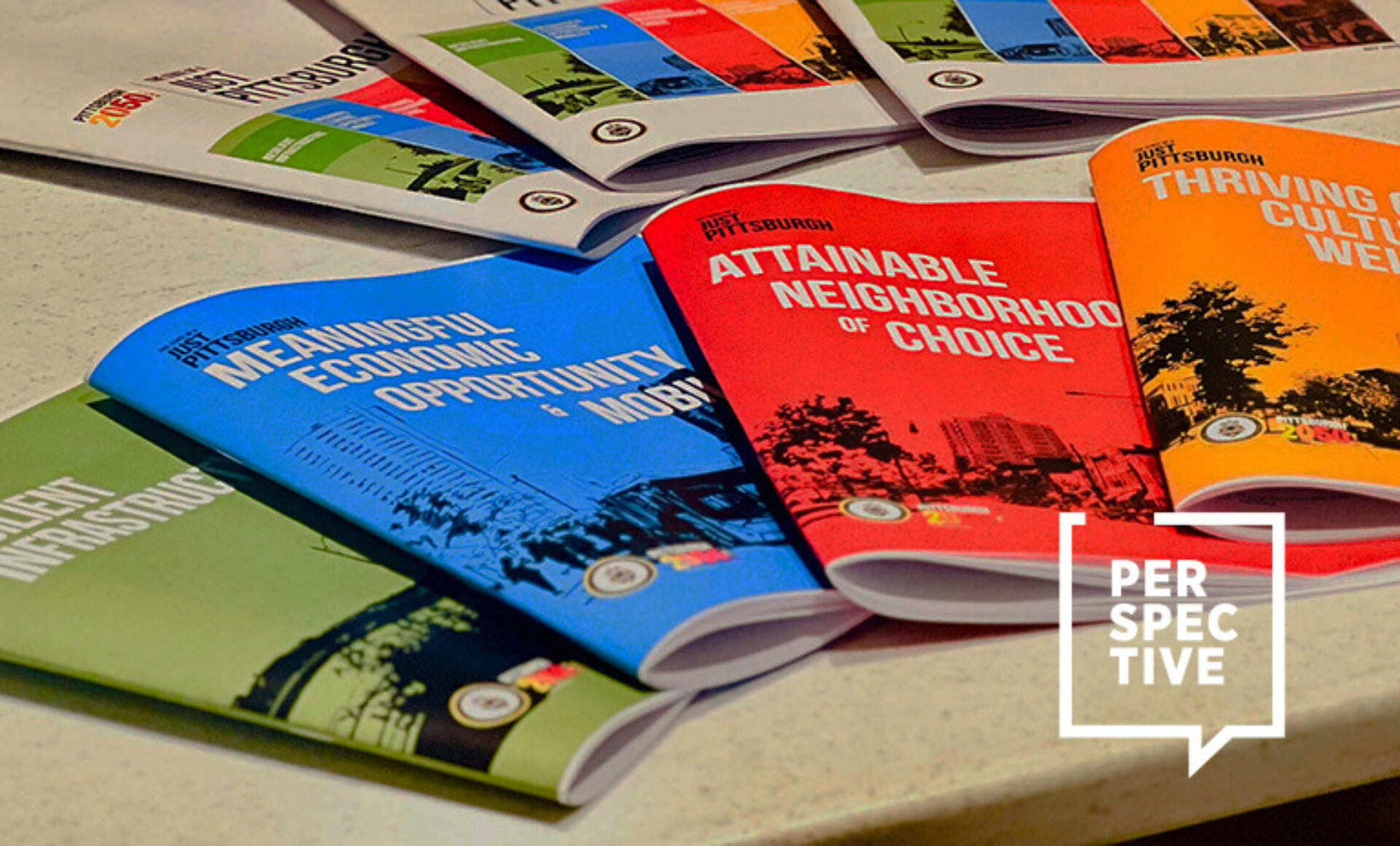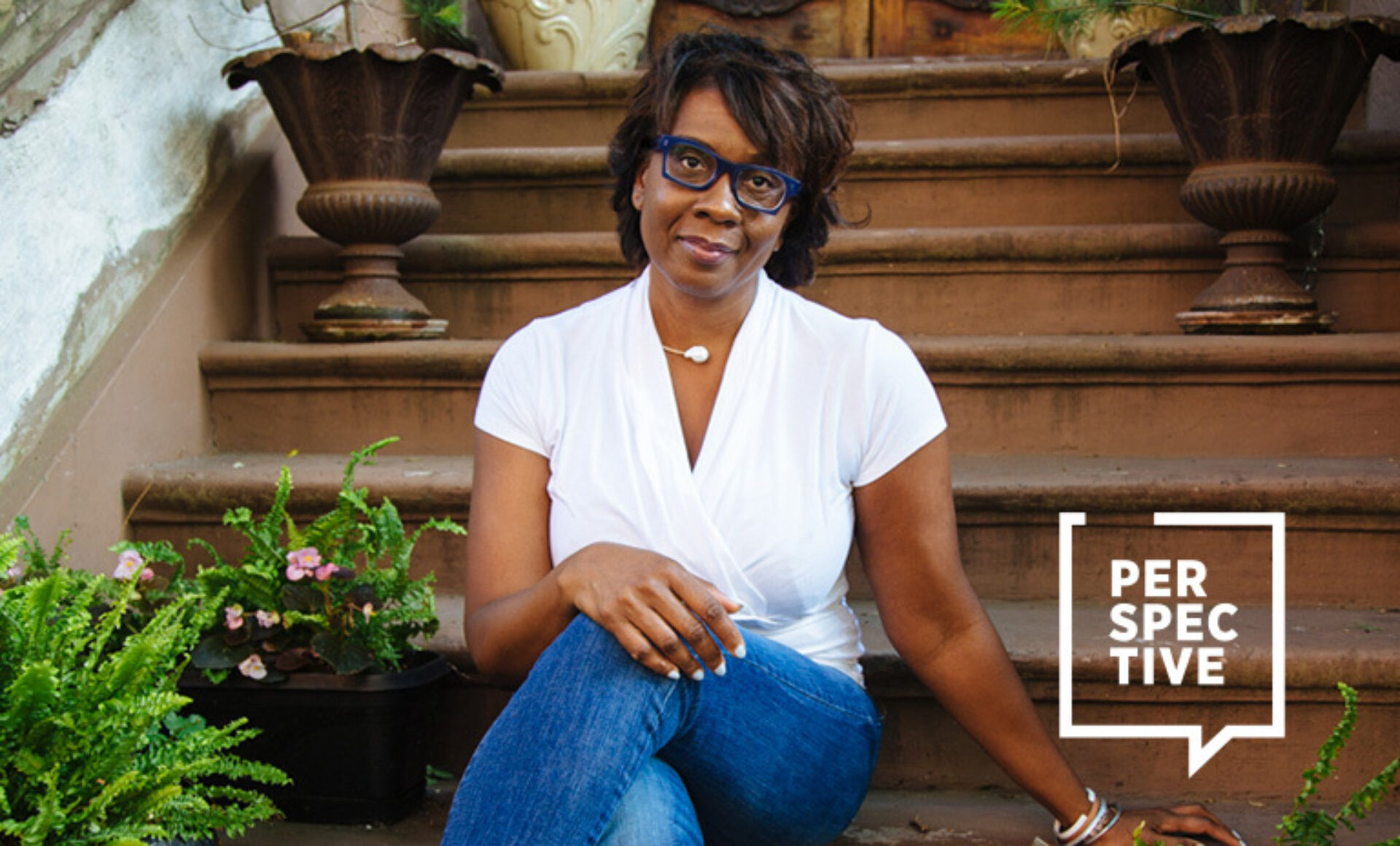Sustainability is pushing the design industry to look at how we can take actionable steps to enhance our design practices. Looking at design through a sustainable lens means bringing activism, leadership, and community into the conversation. Alvin Oei, IIDA, senior manager, retail creative at Disney has a passion for creating sustainable design solutions. As a part of IIDA’s Converge Sustainability Council, he strives to create discussions around how interior designers can advocate for these design solutions in their firms and how to inform their clients throughout the process. One of Oei’s core values is the ability to help craft brand narratives that ultimately turn into visitor experiences with targeted goals. In his spare time, he runs the 501(c)(3) CMD+Y with a team of designers to work on various educational initiatives aimed at empowering youth to use design to help expand conversations around climate change, EDI, and sustainability. The world is ever-changing and designers never stop learning. Oei takes us through this day as he navigates new projects and ideas.
What were the deciding factors in you starting your career in design?
Alvin Oei: There was a point in my life where I was very lost. The one thing that always kept me dreaming was the escapism I found in films and their stories. The biggest inspiration for me were the films of Tim Burton, which were about these misunderstood characters existing in these weird and yet wonderful worlds. When I realized that designing those story worlds was an actual job, I began to research how I could do it as well. Harry Otto, a set designer from many classic Steven Spielberg films, came to speak at Mt. San Antonio College (Mt. Sac) when I was studying there in 2005. After visiting his studio on the Universal lot, I realized that I needed to pursue a degree in architecture in order to become a production designer. Everything was telling me that was the only way. Through that journey in architecture, my interest shifted into creating spaces in the real world that people could step into. It just took nearly a decade to discover what that job title actually was.

Photo credit: Sharon Joetama

Image courtesy of Alvin Oei

Photo credit: Sharon Joetama
What's the best piece of advice you could give an emerging interior designer?
AO: We live in a different world today than we did even 3 years ago, changed by a global pandemic and the rapid emergence of A.I. The most strategic thing to do today is to put yourself out there on social media and create conversations where there currently are none—create different talking points around your industry. Identify issues and propose solutions. You will present yourself as a thought leader and ultimately grab the attention of the people you need. Ignore your doubts and just go for it because Imposter Syndrome never goes away, it just weakens when confidence is present. A decade ago, LinkedIn was practically non-existent, so emerging designers did not have that at their fingertips. While times have changed in your favor, competition is also more stiff and in a sea of sameness, it is very difficult to stand out.
One of my favorite stories is from someone I look up to from ArtCenter College of Design is Errol Gerson. In his interview on “The Future with Chris Do,” he retells the story of how he was able to get his resume to stand out. He went to the local print shop and asked if they could print his resume on paper that was 1⁄8'-inch longer. In the long pile of resumes, he stood out and his career took off! Now we are faced with the unprecedented challenge of A.I., which is now your biggest competition. A potential client could easily generate an entire project in seconds in the weeks/months that it would take you to conceive and develop. So, I think it's more important than ever to have a clear point of differentiation for your brand and what kind of unique element you can bring. How will you stand out ⅛ of an inch?
“Design is really like that forest that Jack is walking through outside of Halloweentown. The more of these doors to other worlds we can open, the more we can grow our toolkit of creativity.”
Alvin Oei, IIDA
Can you tell us how you prioritize sustainability in your work? How can one person make a difference at such a large company?
AO: In recent years, my work has focused on the conceptual and creative direction of projects, so sustainable practices are a secondary focus. With that said, whenever possible, suggested ways are integrated into the design intent. Whether it’s the selection of materials or partnering with the right agencies to push further, these discussions are always part of the work I do. To contribute meaningfully, we need to continue educating ourselves about what is practical and achievable. I’m still trying to learn as much as I can, but there’s not enough time in the day. Material Bank has been a great resource, so has Ecomedes which simplifies the process of sourcing sustainable materials. Every time something is learned, just share it and talk about it.
Whether you're an intern or director, share your knowledge because most people actually do want to learn. Find the right moment to bring up that opportunity you’ve identified, pair it with a tangible action item. Big ideas begin with small conversations where seeds are first planted. Prepare for those meetings with the right talking points. That said, I think there also needs to be a balance—each of us has the power to affect a small kind of change which might mean something different to everyone. For me, I started a non-profit because I believed that our tiny group could create conversations around this topic in a more accessible way.

Image courtesy of Alvin Oei

Photo credit: Sharon Joetama

Photo credit: Sharon Joetama
What does the future of sustainable design look like to you?
AO: The future of sustainable design is going to look awesome. How much of it captures the metrics we need for change is another question. Why do we even want or need to be sustainable? If it is to protect our world and to preserve its resources, then we need to be able to scale up these conversations outside of design circles to garner more support, involving government action and resources. For instance, the United Nations’ 17 sustainable development goals needs a better marketing strategy—I say this because this is a global initiative to literally sustain our way of life and as of last month, only 15% progress has been made. Then we have the highly publicized G20 summit that is essentially a meeting to disagree on everything and take photos. These conversations need to reach the communities and the people who will be affected by climate change the most, as they are now, so that they can push back and demand more action and support. And in the United States, if $14.3 billion can go towards weapons, imagine if only a portion of that went towards R&D for the development of new materials or innovation.
LEED Certifications should also require points for embodied carbon, a topic that does not have enough of a spotlight. The only reason I even know this is because I’ve spent the last few years involved with the annual IIDA + Interface Converge Action Summit. At these summits, Lisa Conway and Joey Shea from Interface have done a great job at humanizing the issues through discussions about carbon. The future of sustainable design is hopeful even if this sounds bleak. I think we need to clearly identify the challenges in order to focus on what we need to work on. If the intent of sustainable design is to protect the planet’s resources, we need to expand the conversation.

Image courtesy of Alvin Oei

Photo Credit: Sharon Joetama

Image courtesy of Alvin Oei
Where do you look for inspiration?
AO: I get a lot of inspiration from listening to people talk because I’m less focused on a visual and more enthralled by the ideas that are discussed. The visuals come naturally in my head as things are being articulated and questions are being asked. Likely you’ll see me with a sketchbook trying to capture your thoughts if we were conversing.
Children’s books are magical and I absolutely love the work by Tonkohouse because it evokes a sense of wonder. Streetwear brands and hype culture continue to ignite my excitement for how quickly our world is moving. From my workspace, to the books I read, to the toys that are at my desk, everything evokes imagination so it is a sandbox of creativity. It continues to remind me to always have fun in what I am doing.
Visit the table of contents for more Perspective: Sustainable Futures
